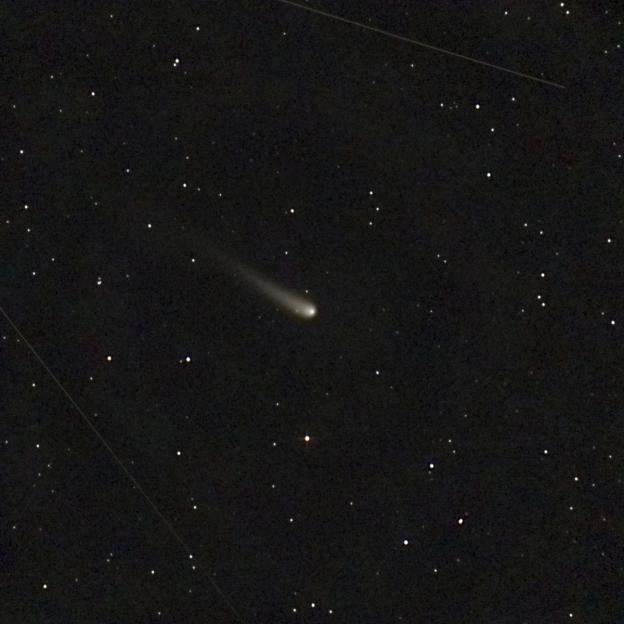AFRICA is splitting apart â meaning the continent will form two separate land masses with an ocean in between in several million years, experts say.
But the driving force behind the continental drift has long been debated.
 The East African Rift System drives volcanic activity in places like the Erta Ale volcano in Ethiopia
The East African Rift System drives volcanic activity in places like the Erta Ale volcano in Ethiopia Damage caused by the rift at an intersection in Maai Mahiu-Narok
Damage caused by the rift at an intersection in Maai Mahiu-Narok
Scientists previously thought Africa’s , which collided to form large mountains and pulled apart to create vast basins, were simply moving apart again.
But a new study from the suggests that intense deep underground may be fuelling the divide.
A gigantic superplume of hot rock, roughly 1,800 miles (2,900km) beneath the surface, is pushing up against the African crust and fracturing it.
Professor Fin Stuart, of the University of Glasgow andthe Universities Environmental Research Centre (SUERC), led the project.
He said: “We have long been interested in how the deep Earth rises to surface, how much is transported, and just what role it plays on forming the large-scale of the Earth’s surface.
“Our research suggests that a giant hot blob of rock from the core-mantle boundary is present beneath East Africa, it is driving the plates apart and propping up the continent so it hundreds of metres higher than normal.”;;
Experts suspected as much back in 2023, but geologists have now detected volcanic gases that back up the theory.
The Meengai geothermal field in central Kenya has a chemical signature that comes from deep inside Earth’s mantle, matching those found in volcanic rocks to the north, in the Red Sea, and to the south, in Malawi.
The discovery indicates that all these locations are sat atop the same deep mantle rock, according to experts.
Study co-author, Biying Chen, also of the University of Edinburgh andSUERC, said: “These gases from our geothermal wells have provide valuable new insight into the Earth’s deep interior.”;;
Chen added that the findings will help researchers to understand both the geological forces shaping East Africa and “the fundamental processes which drive the formation of our planet’s surface over millions of years”;;.
 The split would create a new ocean
The split would create a new oceanThe East African Rift System (EARS) is thelargest activecontinental rift system on Earth.
It is in the process of ripping through around 2,175miles (3,500km) of Africa.
Continental rifting is nothing new for Earth â and is the reason why we have seven continents today.
Roughly 240 million years ago, long before humans roamed, Earth was home to just one supercontinent known as Pangaea.
The Scottish Highlands, the Appalachians, and the Atlas Mountains were actually all part of the same mountain range on Pangaea, but were torn apart by continental drift.
In January, Ken Macdonald, a professor at the University of California, warned the continent was splitting at a
Somalia and parts of Ethiopia, Kenya, and Tanzania will form a distinct continent, accompanied by a fresh coastline.
The split would create a new ocean, and a small new continent that he said could be called the “Nubian continent”;;.
“What might happen is that the waters of the Indian Ocean would come in and flood what is now the East African Rift Valley,”;; Ken Macdonald, a professor at the University of California, Santa Barbara, told the Mail Online.
The new ocean could become as deep as the Atlantic if waters continue to flow into the area, added Macdonald.
 A deep chasm next to a repaired section of road that had been washed away during a heavy downpour at Maai-Mahiu in 2018, around 54km southwest of Nairobi capital Nakuru
A deep chasm next to a repaired section of road that had been washed away during a heavy downpour at Maai-Mahiu in 2018, around 54km southwest of Nairobi capital Nakuru Women work on their farm near a chasm suspected to have been caused by a heavy downpour along an underground fault-line near the Rift Valley town of Mai Mahiu, Kenya March 28, 2018. Picture taken March 28, 2018. REUTERS/Thomas Mukoya
Women work on their farm near a chasm suspected to have been caused by a heavy downpour along an underground fault-line near the Rift Valley town of Mai Mahiu, Kenya March 28, 2018. Picture taken March 28, 2018. REUTERS/Thomas Mukoya Continental rifting is nothing new for Earth â and is the reason why we have seven continents today
Continental rifting is nothing new for Earth â and is the reason why we have seven continents today







